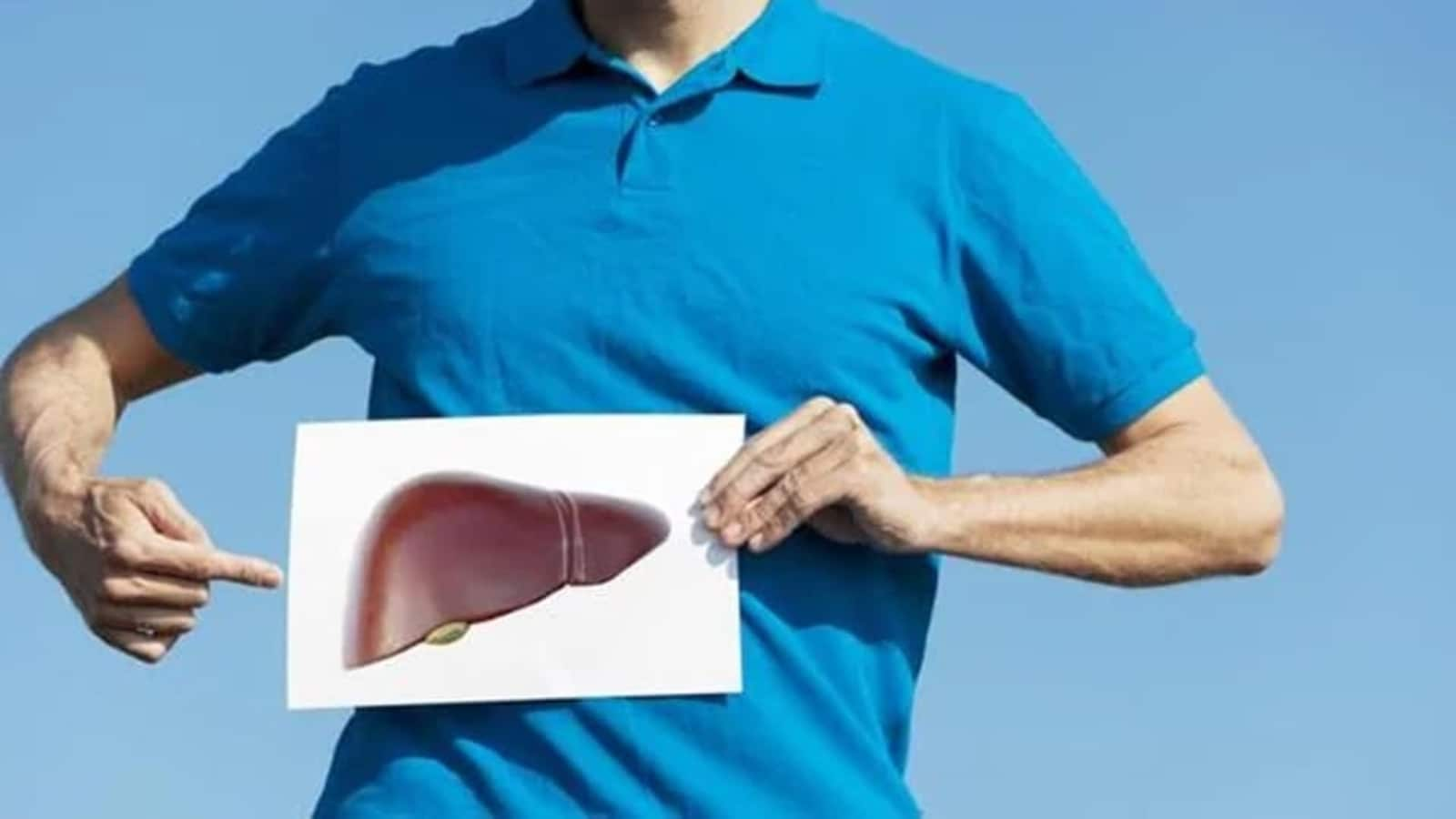
[ad_1]
The liver is a vital organ, like the superhero of our body, working hard to keep us healthy 24 hours a day as it has various important functions like detoxification, metabolism of carbohydrates and fat proteins. Cholesterol and vitamins and the production of multiple proteins, chemicals and other metabolites are vital for our health but today’s lifestyle of sedentary habits and excess caloric intake is making more and more people vulnerable to getting fatty liver disease.

In an interview with HT Lifestyle, Dr Lorance Peter, Director -Gastroenterology and Hepatology at Sakra World Hospital in Bengaluru, revealed, “Fatty liver disease is when your liver, which should only have about 5% fat, starts hoarding more fat than it should. This can be assessed by a simple ultrasound examination of the liver when it is bigger and brighter than usual – that’s a sure sign of fatty liver.”
Understanding Fatty Liver Disease
Dr Lorance Peter shared, “Fatty liver disease, also known as hepatic steatosis, happens when your liver cells gather too much fat, and this fat interferes with the normal metabolic functions of the liver cells. There are two main types: one caused by drinking too much alcohol (AFLD) and the other not linked to alcohol but associated with obesity, diabetes, or metabolic dysfunction (NAFLD). NAFLD is a big health problem worldwide, hitting millions of the population. Recently NAFLD has been renamed as MASLD (Metabolic Dysfunction Associated Steatosis liver disease). The majority of people may not have any symptoms. Some people might feel a little discomfort or heaviness on the right side of their belly, especially after eating a big meal.”
Causes of Fatty Liver
According to Dr Lorance Peter, multiple genetic and environmental factors can trigger fatty liver, including –
- Unhealthy eating: Eating too much sugar, junk carbs, and bad fats can overload your liver with extra fat. Total calories consumed play a key role.
- Sedentary or inactive lifestyle: Avoiding exercise can lead to weight gain and insulin problems, increasing the chance of a fatty liver.
- Obesity or extra weight: Being overweight, especially around your belly (truncal obesity) makes you more likely to get NAFLD/MASLD.
- Insulin troubles: When your body cells resist action of insulin, it makes more insulin, storing more fat in your liver and leading to higher sugars and diabetes.
- Genetics: Some people are just more prone to fatty liver, no matter how healthy they live.
- Metabolic Syndrome: A combination of conditions like obesity, high blood pressure, high cholesterol levels, and early diabetes often comes with fatty liver.
Simply put, fatty liver often goes hand in hand with being overweight, not exercising much or having health problems like diabetes or high cholesterol.
Combatting Fatty Liver Disease
Dr Lorance Peter assured that with the right lifestyle changes, fatty liver disease can be prevented and even reversed and since it is mainly caused by our lifestyle choices, fatty liver is a lifestyle disease. He suggested –
- Identify who needs help: Treatment is usually recommended for individuals with significant fatty liver, liver fibrosis, consistently elevated liver enzymes, or when associated with risk factors like diabetes, age over 40 years, or hypertension. Various assessment methods, such as fibro scan or scoring systems like APRI score and FIB4 score, help determine the patients who need aggressive treatment by evaluating the extent of liver damage.
- Assess and examine the severity: Following the detection of fatty liver through ultrasound or liver function tests, physicians may conduct additional blood tests to exclude other potential conditions such as viral infections or autoimmune disorders. They may also assess the extent of fatty liver using methods like ultrasound or a fibro scan, which measures liver stiffness to determine if it has become hardened. Although biopsies are infrequent, the primary focus of tests is to confirm fatty liver, eliminate alternative causes, and evaluate its severity and stage of its progression.
- Transform your lifestyle: No matter how early or late or advanced the disease is, making lifestyle changes is essential. That means reducing weight, approximately 10 % of weight, or attaining a BMI of 21 to 22 should be the target. Getting active with cardio and strength workouts at least five times a week, and keeping your daily calorie intake under 1400. Plus, tweaking your diet to include more protein and less carbs, fats, and sugars is key in fighting fatty liver.
- Medical solutions – Prescription drugs and therapeutic methods: Effectively managing metabolic factors such as diabetes is vital. Doctors may suggest medications like saroglitazar or vitamin E to reduce, the accumulation of fat, reduce inflammation, and normalization of liver function tests. Seeking advice from a liver specialist can offer tailored treatment options and guidance for individual needs.
Fatty liver disease is becoming a big health burden all over the globe, but guess what? We’re not stuck with it! By living healthy – eating right, staying active, and managing our weight – we can stop and even reverse fatty liver disease.
[ad_2]
Source link








